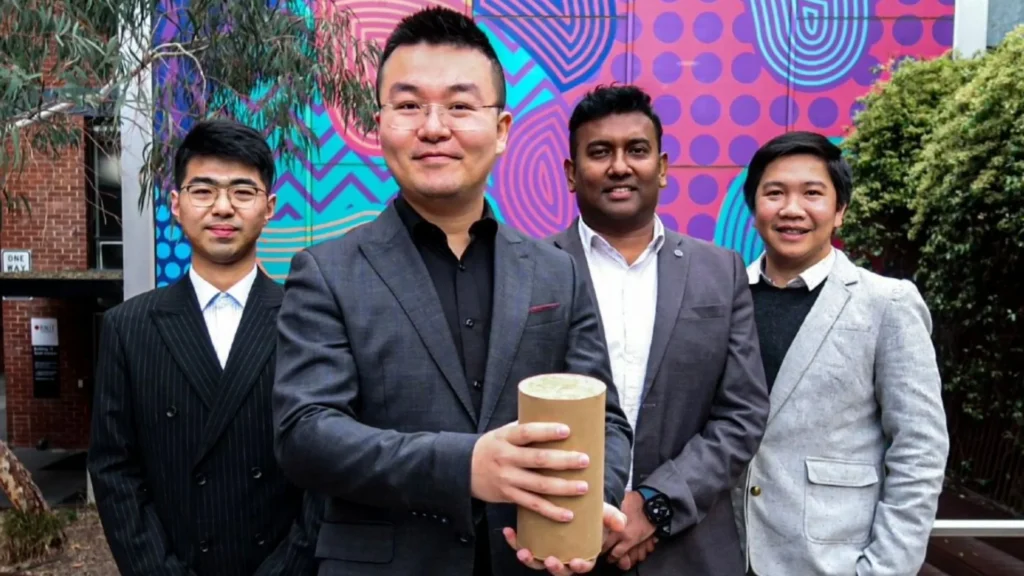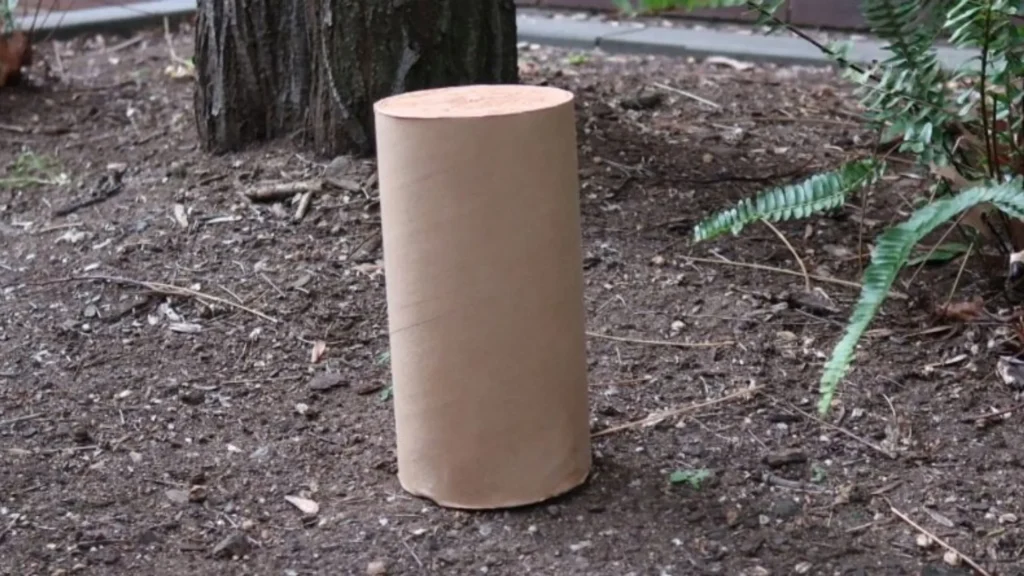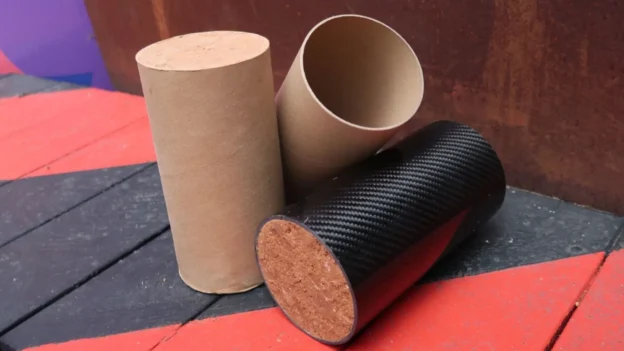Engineers at RMIT University in Australia have developed a solution that could change the way buildings are constructed with low environmental impact. buildings are built with a low environmental impact.. It is a material with earth and cardboard, a composite that completely dispenses with cement and reduces emissions associated with traditional materials by 75%.
This breakthrough combines soil, water and cardboard waste to create strong structures that can be used in one- or two-story buildings. The system takes advantage of cardboard formwork to form compacted walls directly on site, eliminating the need to transport large volumes of industrial materials.
Soil and cardboard material as a response to waste
Australia generates more than 2.2 million tons of paper and cardboard waste per year. Some of that volume could now be transformed into a cleaner construction alternative. cleaner and more economical and cost-effective building alternative. By avoiding the use of cement, the material developed by RMIT also reduces upfront costs and improves logistics in remote regions.
According to project leader Dr. Jiaming Ma, the thickness of the board has a direct impact on the structural strength of the wall, and the team has been able to quantify that relationship for practical application. The formula allows it to be adapted to locally available materials, making it an ideal choice for hot climates or rural areas.

Thermal and structural benefits
In addition to its environmental impact, the new material offers thermal advantages thanks to the high mass of the earth, which improves energy efficiency in homes by regulating the indoor temperature naturally. This reduces the need for artificial air-conditioning systems artificial air-conditioning systems, providing further energy savings.
This type of construction, aligned with global decarbonization goals, aims to redefine architecture with solutions based on reusable materials. architecture with solutions based on reusable materials and accessible techniques. The RMIT team is already in talks with industries interested in scaling the development.

International projection of the project
The proposal has attracted interest outside Australia, especially among organizations involved in social housing and green design. The combination of low impact, availability of inputs and technical simplicity positions this innovation as a viable option for emergency, reconstruction or regional architectural contexts.
Cardboard-confined rammed earth sets a new standard for sustainability in the building industry. building industry. This breakthrough has been documented in an academic study published by the RMIT team, detailing the mechanical properties of the material and its feasibility for real structural applications.
Source and photo: RMIT University

